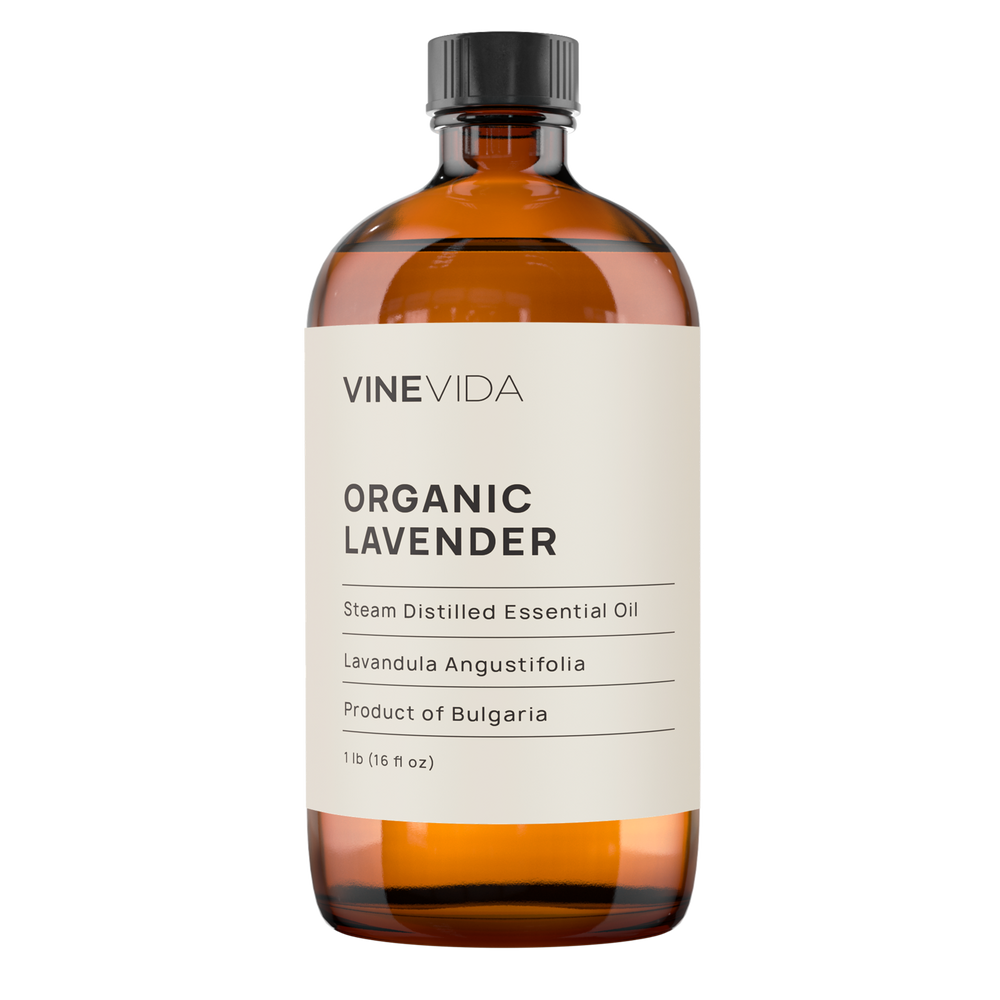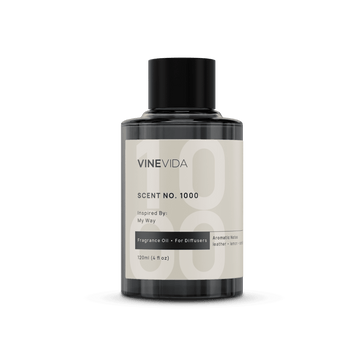Oh no! The fact you’ve looked for this makes us sad. Sore throats are no fun at all. Aromatics can certainly help. But how do you use them when you don’t know what they can do internally? Ah, well, that’s the question, isn’t it? Today we’ll help you get to grips with some of the best essential oils for sore throats.
Can Essential Oils Relieve A Sore Throat?
This is a contentious question. Essential Oils are not drugs. They do not carry licenses and have not been tested in clinical trials. As such, we wish to observe the FDA’s medicine controls laws and say that essential oils cannot “Cure” anything. Neither is any of our advice on this page meant as a substitution for medical advice.
That being said, antibiotics were invented by Alexander Fleming and Louis Pasteur in the nineteenth century. Before that, plants were the only medicines available, and many were used as herbal treatments for respiratory tract infections, including throat problems.
Also Read: Best Essential Oils For Asthma
How EOs Help With Sore Throat Pain
Essential Oils is plants' concentrated essences. They are made by passing steam through plant matter to trap the chemicals the plants make to protect themselves in times of injury and stress. These constituents have many properties, including antimicrobial and antibiotic.
Also Read: Best Essential Oils For Allergies
What You Should Know About EOs for sore throat Before Using Them
A common theme is that because essential oils are natural, they must all be safe. However, not only are there many hazardous essential oils that Aromatherapists advise against using, but certain guidelines should be observed around how much it would be safe to use.
Clearly, with a sore throat, we will be using the oils internally. However, we do not recommend swallowing them.
Remember that many of the oils we use for their antibiotic natures are fierce. They have hot natures and can be profoundly irritating to the mucous membranes. Since the throat is covered by one of these membranes, we must ensure that we dilute the essential oils well before we use them.
Lastly, please do not use essential oils in the first 16 weeks of pregnancy.
Also Read: Best Essential Oil For Stuffy Nose
8 Best Essential Oils For Sore Throat
Tea Tree Essential Oil
Tea Tree always comes at the top of these kinds of lists because it has all bases covered. It is antiviral, antifungal, antibacterial, antibiotic, and antimicrobial; it has more antis than a family wedding! (Sorry, we couldn’t resist)
But the point is that it's one of the best essential oils for sore throat issues because you don’t need to know what kind of germ bit you. You only need to have a sense that something is brewing. The rest we can leave up to the Tea Tree.
As we said, swallowing essential oils is a bad plan unless it is under the guidance of a trained professional. But you can go old school and use it like the aboriginal people of Australia used to.
In the early days, they would make a fire, throw on the Tea Tree branches then breathe the fumes. We can do the same, just using the essential oil.
Take the top off the bottle. Put the bottle into your mouth, but don’t close your lips around it. Now, take a big gasp of the FUMES, not the oil.
The molecules evaporate into your respiratory system where you need them most, putting all the “anti’s” to work.
There are many other ways to use the tea tree, so we’ll just add other application methods as we work our way down the list of the best essential oils for sore throat.
Incidentally, we would normally say not to use essential oils in the first 16 weeks of pregnancy, but if you just wanted to gasp the Tea Tree fumes, you’d be ok doing that.
Lavender Essential Oil
Now, Lavender. Is it on the list of the best essential oils for sore throat because it will eliminate it? It is not. You’ll need the rest of the heavy-hitting antimicrobials to do that. However, none of them are as good at getting rid of things that sting and hurt as lavender oil.
So, if we blend Lavender with some of the other best essential oils for sore throats, we will heal from several angles. Importantly, Lavender will help you sleep better if you feel a bit rubbish.
Again, we can gasp the oil. That works well. But we like to get it as close to the problem as possible. So how about a gargle?
So, yes, we don’t want to swallow it, but we will still make it safe for oral consumption. Remember that oils and water don’t mix, so we must use a carrier. We could put it into a teaspoon of carrier oil, but it better would be a teaspoon of honey.
Add one drop of your essential oil to the teaspoon of honey, then stir it into warm water.
Does it make it taste any better? Fair warning, it does not!!!
Of course, swallowing this is a bad plan. Gargle it and spit.
There are a couple of recipes for it at the end of the article.
Hyssop Essential Oil
Is rarely included in people’s articles about essential oils for colds and sore throats; however, it is one of the best plants for breaking up congestion. If your sore throat results from coughing, if you have catarrh or feel bunged up, this is the best oil to choose. The reason people avoid it is it can be a bit tricky to use.
It is high in a chemical group called ketones. Ketones are brilliant for breaking stuff down. So, we can say nasal, chest congestion, or even scar tissue. They are a clever group. But they can be a bit strange on the brain. Ketones can make some people feel divorced from reality, so if you suffer from psychosis, schizophrenia, or have had delusions before, this one would be an oil to avoid. Likewise, do not use it if you have high blood pressure or are pregnant.
The Hyssop and honey thing is not bad. Its aniseed-y taste goes well with honey’s sweetness.
Like the other best essential oils for sore throat, you can use this topically (provided you don’t fall into the groups mentioned above).
Simply rub your essential oil onto the outside of your neck and throat. Essential oils absorb through the skin and into the bloodstream, eventually finding their way to wherever you need them. Clearly, on the throat, of course, you have nice, quick access.
We usually recommend using it as many as five times a day for an acute condition like this to build up your oils. However, with such a painful condition, you can afford to use it more often if you want to.
Eucalyptus Essential Oil
Eucalyptus is one of the best essential oils for stuffy noses and sore throat days. We all know how good it is at dealing with congestion (both nasal and chest congestion, incidentally). But like tea tree essential oil, it is bursting with antimicrobial constituents too. Like the other Australasian oils (have you noticed how many of the best essential oils for sore throats come from there?), this is great to gasp the fumes from.
However, another great way to use this one is to dilute it a bit and just rub it onto the inside of your wrist if you feel that familiar tingle starting.
The inside of the wrist has an excellent blood supply. Again the oils cleverly find their way to where your body needs them.
As ever, we need to exercise a little caution when using Eucalyptus on kids.
The powerhouse we want to leverage is 1,8 cineole. That’s the germ buster. But it does it by slowing respiration, which can be difficult with children. If your little one is under six, choose some of the oils instead.
Ravensara Essential Oil
This essential oil is a beast. It is a mega germ buster of colossal proportions. If you want to support healthy immune function, Ravensara seriously kicks some microbial butt.
It is one of the best essential oils for sore throats but also one of the fiercest. Small dilutions, please. We would recommend using this in dilutions of less than 1%. So that’s 1 drop in a teaspoon of the carrier, roughly.
This one is superb for diffusers, nebulizers, and evaporators too. Fill the room with all that limonene scent. Not only will it clear the atmosphere to protect the rest of the family, but it might even make you feel like you might consider smiling soon.
Don’t use Ravensara when pregnant; it is way too strong and not on small babies.
Myrtle Essential Oil
So this is one for the little ones. Frankincense didn’t make it to the top ten essential oils for sore throats, but we love it for young ones’ stuffy noses and coughs. It is so comforting, and Myrtle makes a tremendous partner for it.
It belongs to the same family as Tea Tree and all those other germ busters, but it’s like a lovely lullaby hug when kids are upset.
You can use this topically, do the gasp trick, or Myrtle in a honey gargle isn’t too terrible, either.
We like Myrtle in the bath for colds too, but add it to a little bit of carrier oil first to be on the safe side. As ever, be careful how you get out of the bath. Carrier oils make it very slippy. Make sure you clean the tub as soon as you get out.
From a safety perspective, it protects the next person to get in who might not be expecting an ice rink. From a housework point of view, dirt thinks carrier oils are a party. Clean it now or have ten times as much work tomorrow!
Cinnamon Essential Oil
The big hitters now. Cinnamon and Clove are spices in the kitchen, so it’s also a great idea to start putting them into a bit of lovely baking. Just for medicinal purposes, you understand!
Cinnamon is rich in cinnamaldehyde. Again, it’s a brilliant germ buster but not nice on the skin. This is a FANTASTIC one to gasp the fumes from; however; Cinnamon is irritant to the mucous membranes, so try not to get it on your lips or up your nose, and certainly don’t rub your eyes till you’ve washed your hands. Remember that oils and water don’t mix, so rinsing your hands will not remove it if you get it on your fingers. You will need to use soap.
Finally, we recommend putting it in your diffuser. Your house will be like something from a realtor’s dream with the smell of cookies, but actually, you are cleaning germs from the air.
Superb.
HOW TO DILUTE THE FIERCEST OF THE BEST ESSENTIAL OILS FOR SORE THROATS
If you want to put Cinnamon into massage oil, then according to Tisserand and Young Essential Oil Safety for Health Professionals, your maximum dilution is 0.07%.
So, to help you out, because that’s a mad one.
If there are roughly 20 drops of the carrier to 1ml, there are 100 in a teaspoon carrier.
7% is 7 drops in 1 teaspoon. You need 10 teaspoons for 0.7% and 100 teaspoons for 0.07%.
A teaspoon is 5ml, so 100 teaspoons are 500ml.
You can see why we would suggest not using it topically! If you are going to use it, make a very blend. There is another trick you can try.
Put one drop of Cinnamon essential oil in 10ml of carrier oil, then use a drop of that mixture. You will be well below the maximum dilution, then.
Cinnamon is irritant to the mucous membranes.
No usage in pregnancy or on children, please.
Clove Essential Oil
Clove is another stellar immunity support. This time it's eugenol that is the scary dude, so the maximum dilution is not quite as low. Do not use more clover essential oil than 0.5% dilution (to be clear, that’s half a percent, not half of your mix! So, one drop of clove in 2 teaspoons of the carrier.
Again, do not use during pregnancy, please, nor on children under 2.
How to Choose the Best Essential Oil for Sore Throat Pain
Usually, we would say to go for the smell you feel most drawn to, but that's not necessarily so here. To be honest, it is what you have to hand at the time. I’d begin with the most soothing ones to ease the pain, then revert to the ones with the antibiotic magic.
Also Read: Best Essential Oils for Cold Sores
Precautions of Essential Oils for Sore Throat
To reiterate, please ensure you dilute your oils well. Remember that oils and water don’t mix. Popping a couple of drops of essential oil into a glass of water does not dilute it. Either add to a carrier oil or do as we do, add to honey, then warm water.
Also Read: Best Essential Oil for Fever Blisters
The Best Essential Oils for Sore Throat: DIY Recipes

Essential Oil Recipe For Sore Throat Gargle
- 30mls warm Water
- 1 teaspoon Honey
- 1 drop Tea Tree Essential Oil (Melaleuca Alternifolia)
- 1 drop Lavender Essential Oil (Lavandula Alternifolia)
- 1 drop Hyssop Essential Oil (Hyssopus Officinalis)
Dissolve your pills in the honey, then stir into your warm water.
Gargle, then spit, repeatedly. This is not recommended to be drunk.
Safety:In pregnancy, cases of high blood pressure, seizures, or psychotic conditions, leave out Hyssop.
Essential Oil Recipe For Sore Throat
- 1 teaspoon Grapeseed Carrier Oil (Vitus Vinifera)
- 10 drops Tamanu Carrier Oil (Calophyllum Inophyllum)
- 2 drops Tea Tree Essential Oil (Melaleuca Alternifolia)
- 2 drops Ravensara Essential Oil (Aromatica Ravensare)
- 2 drops Myrtle Essential Oil (Myrtus Communis)
Apply to the throat, or the side of the wrist as often as you remember
Safety:
Not suitable for use during pregnancy.
How to Use Essential Oil to Treat a Sore Throat
- Topical Application: Perfect and safe. Add your essential oils into a cream, lotion, or carrier oil and rub them into the skin of the neck and throat. Since infections seem to travel, it also makes sense to massage it into your chest, so it covers as much of the respiratory system as you can. It is also a good plan to rub it onto the insides of the wrists because there is a good blood supply so that it can travel around the system quickly.
- Diffusion: Not so productive. The throw of the oils will be too disparate to be of much use, although it makes sense to use some of your oils to lift your mood and cleanse the air of any germy droplets flying about.
- Direct inhalation: Very helpful and simple. Emulate aboriginal medicines. Originally Eucalyptus and Tea Tree branches were thrown onto a fire, and the patient would gasp at the smoke. We can go easier than that. Open your mouth, place the bottle inside but not touching you, then sniff the fumes down your throat into your lungs.
- Steam Inhalation: Similar to above, but overly complicated. This is better for stuffy noses.
- Sniffing: Again, useful, but not great.
- Hydrosols: Now you’re talking! Hydrosols are the watery parts of a plant that did not make it into an essential oil, although there are minute amounts of the oil in them. So much safer than essential oils. You can eat or drink these if you want to; they are amazing as gargles for sore throat.
- Gargling: Yep. Deffo the way forward. If you want fast action, cheat. Add half an aspirin into your mix. That soothes the stinging very fast.
- Massage: Not much help here.
Conclusion
Always have the best essential oils for sore throats ready to hand. Apply a drop of Tea Tree onto your wrist when you feel one coming on, then dose up accordingly. Employ the oils in as many ways as you choose. You won’t overdose. The body just rids the excess as waste.
Most importantly, Get well soon!
Also Read: Best Essential Oils For Inflammation






















